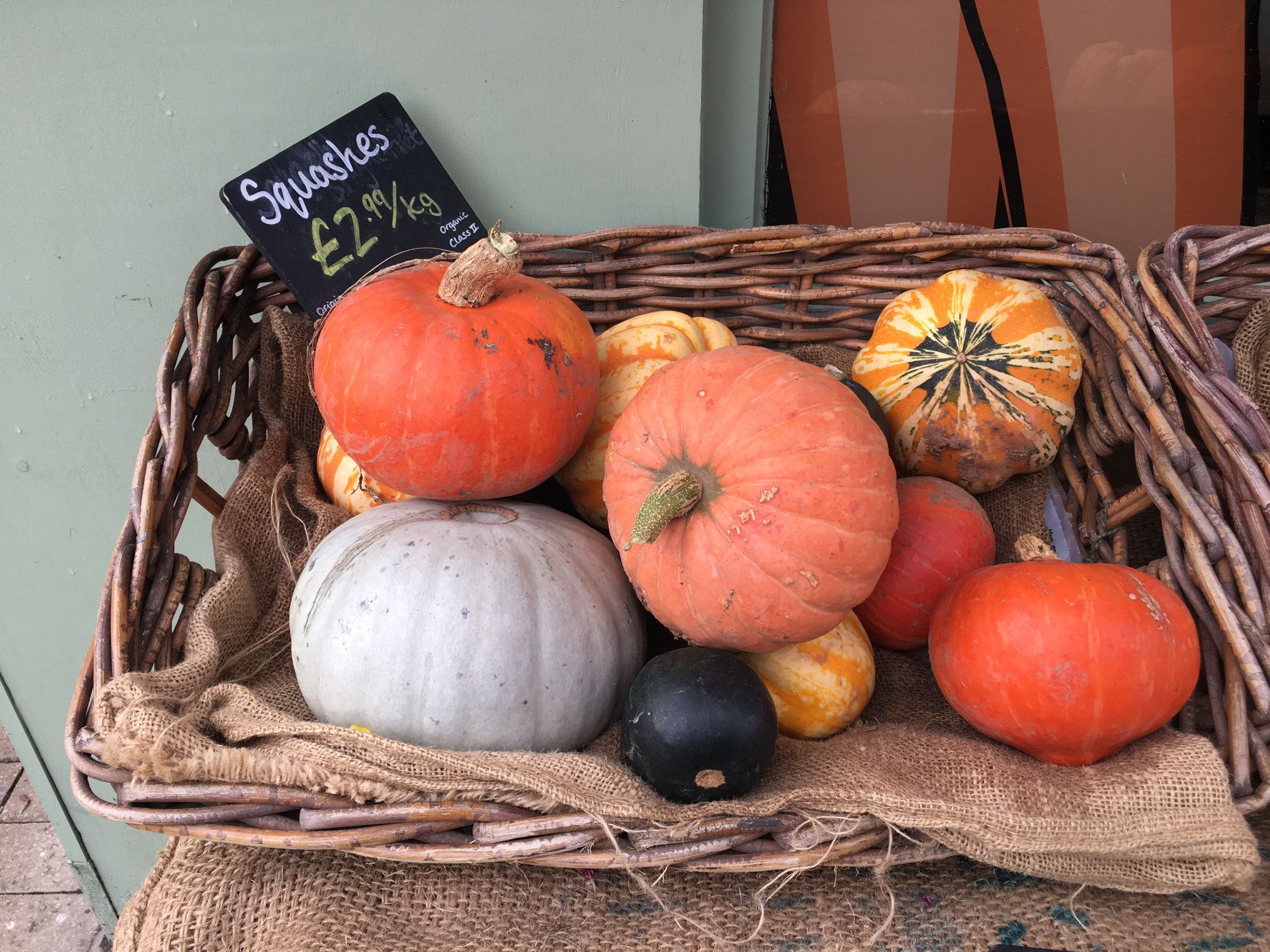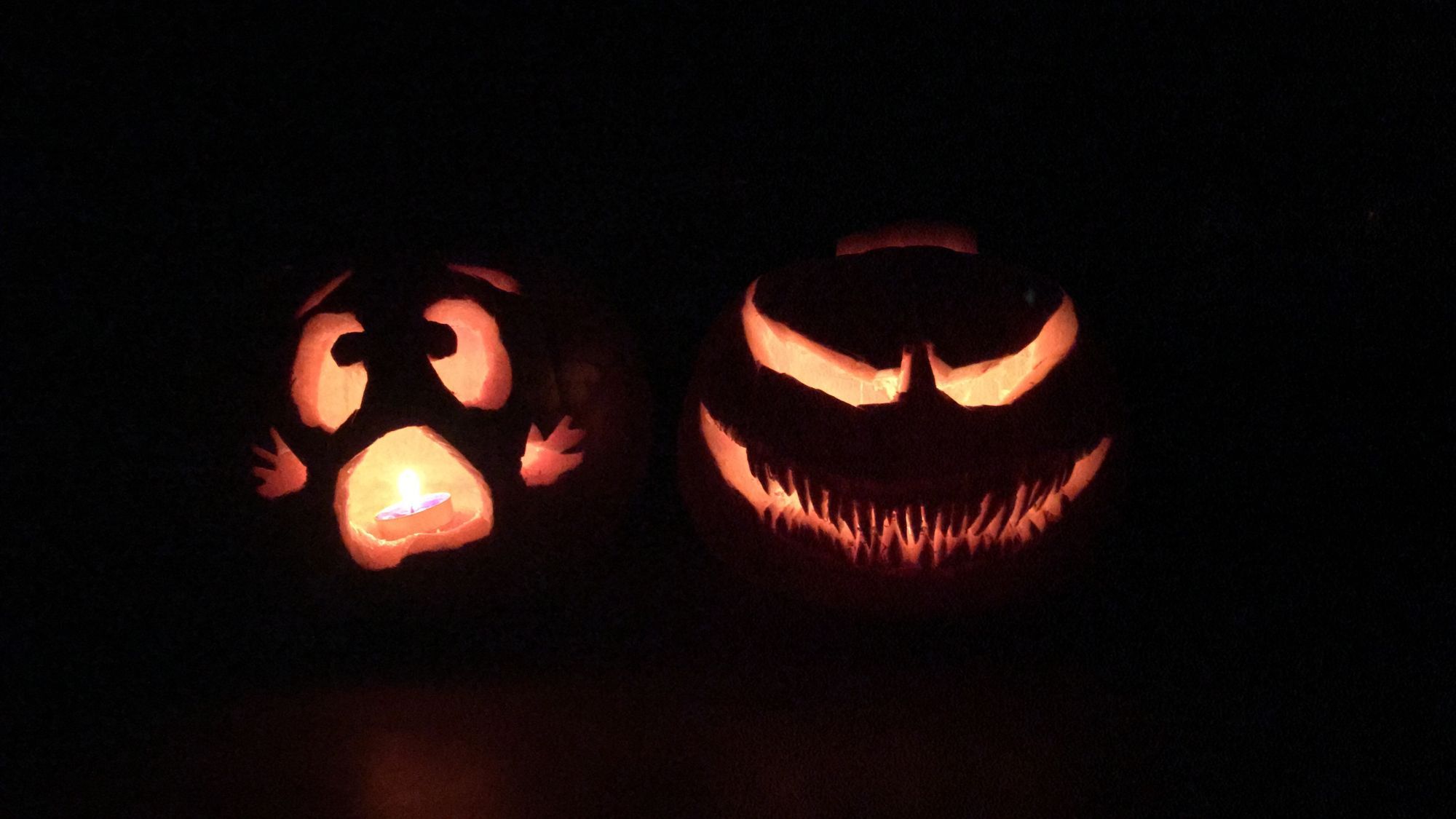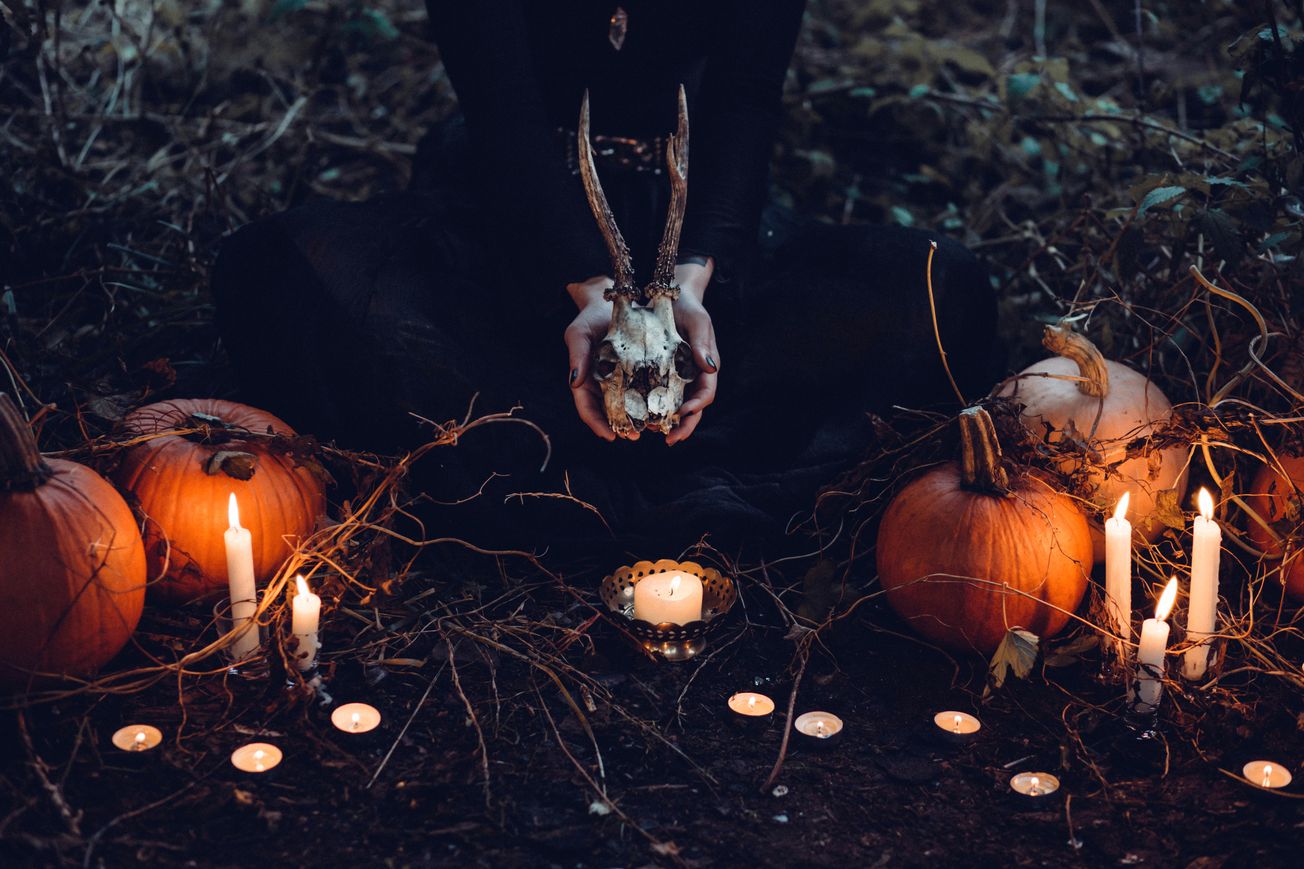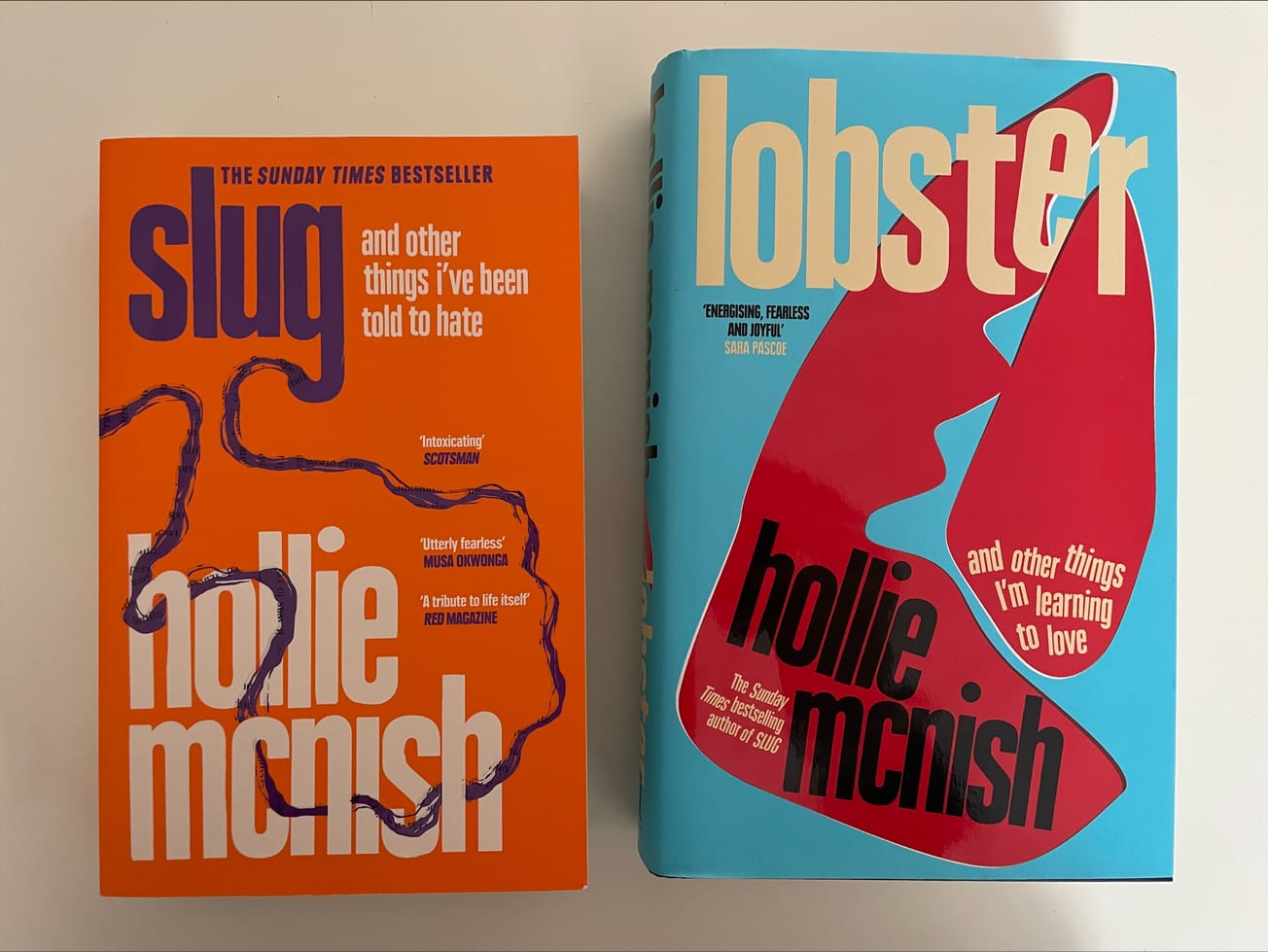By Aline Downey, Second Year English
Halloween is, in many ways, about stories. It’s a festival intrinsically tied to notions of narrative, theatricality and pretence, with each of us placing ourselves at the centre of our own costumed play. However, our current vision of Halloween lacks any awareness of ancient, archetypal legends; it’s fair to say that for most of us, the festival is presently more bound to Hocus Pocus than any sense of historical tradition.
This is arguably because Halloween’s debt to the ancient Celtic festival of Samhain is relatively unknown. Samhain (pronounced ‘sawn’) was observed on 31st October by the people of pre-Christian Ireland to mark the end of summer and to honour the dead. It was considered a liminal time when the veil between the mortal world and the Tír nAill (‘the otherworld’) was at its thinnest, and aos sí (‘spirits’ or ‘fairies’) could cross over to involve themselves in the lives of humans. As with modern Halloween – which emerged out of this Celtic tradition as a sort of Christian hybrid – dressing up, feasting, and playing games were all part of the festivities.

Samhain was central to Irish culture and it forms the basis for many mythological narratives; the eerie, off-kilter atmosphere of the occasion allowed for heroes to grapple with the uncanny and inhuman, and exploring this literature as a modern reader provides an insight into the conventions and concerns that persist in our present-day Halloween lore.
The story is at times absurd and at others unnerving, but at the heart of Nera’s surreal journey is Samhain, which is taken literally in Kuno Meyer’s translation to mean Halloween.
The Echtra Neraí ('The Adventure of Nera') is the quintessential Samhain tale. Part of the Ulster Cycle of mythology, it relays the story of the nobleman Nera, who, at a special Samhain feast, volunteers to compete in a morbid competition that involves tying a willow branch around a dead man’s ankle. This catalyses a bizarre series of events; a reanimated corpse is given a piggy-back ride, an army of spirits decapitates an entire household, and Nera takes a time-warping trip to the Otherworld.

The story is at times absurd and at others unnerving, but at the heart of Nera’s surreal journey is Samhain, which is taken literally in Kuno Meyer’s translation to mean Halloween. As the narrator ominously declares, ‘great was the darkness of that night and its horror, and demons would appear on that night always.’ The cliché of ‘setting as character’ can be applied here; Samhain provides more than atmosphere – it causes cataclysmic events: Nera is told that the invading army of aos sí ‘will come on Halloween next: for the fairy-mounds of Erinn are always opened about [Samhain]”.
The Adventure of Nera depicted proto-zombies and hallucinatory visions long before Night of the Living Dead and Nightmare on Elm Street were made, and is worth reading for its mind-bending imagery and twisting plot.
The Adventure of Nera depicted proto-zombies and hallucinatory visions long before Night of the Living Dead and Nightmare on Elm Street were made, and is worth reading for its mind-bending imagery and twisting plot. Moreover, the Fenian Cycle’s Macgnímartha Finn (‘The Boyhood Deeds of Fionn) is equally striking. It is the origin story of the famous hero Fionn mac Cumhaill, and as described in the Laud 610 manuscript, he proves himself a warrior by tackling a very Samhain-specific issue; every year on the night of the festival, men come from far and wide to woo a beautiful maiden who lives in a fairy-mound. However, any man that attempts this challenge inevitably finds one of his own men slaughtered. The writing echoes Nera when the narrator remarks that ‘the fairy-mounds of Ireland were always open about Samain; for on Samain nothing could ever be hidden in the fairy-mounds.’

If Halloween is about stories, then exploring its literary past and giving shape to our own understanding of it seems a worthwhile endeavour.
The Fenian Cycle of mythology includes another Samhain adventure in the Acallam na Senórach (‘Tales of the Elders of Ireland’), wherein a vengeful fairy woman, and later three female werewolves, appear every Samhain to terrorise the local flocks. It’s a grisly tale; after returning to human form and being lulled into a stupor by dulcimer music, the three wolf-women are ‘strung together on [a] spear’ at the same time. The writing is particularly vivid, with the moment when the werewolves takeoff their ‘dark, long cloaks’ and transform into humans being especially evocative.
If Halloween is about stories, then exploring its literary past and giving shape to our own understanding of it seems a worthwhile endeavour. These medieval myths, with their jarringly strange images yet oddly familiar tropes, are some of the most satisfying ‘Halloween’ stories you’ll come across.
Featured image: Freestocks / Unsplash
Had you heard about Samhain before? Which Halloween legends and myths do you know about?









